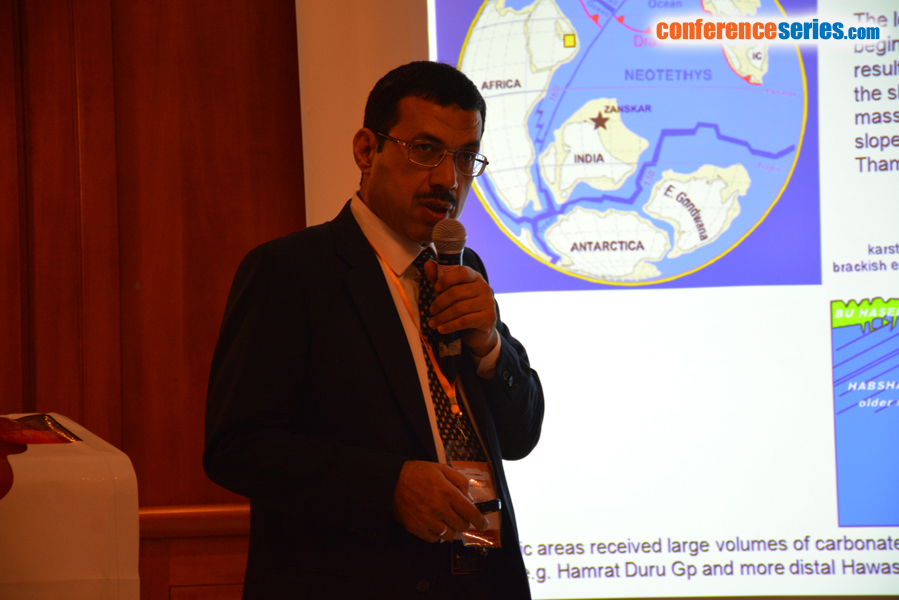
Osman Abdelghany
United Arab Emirates University, UAE
Title: A short journey through the geology of the United Arab Emirates from Cambrian period to present
Biography
Biography: Osman Abdelghany
Abstract
The United Arab Emirates is located at the northeastern end of the Arabian Plate - a fragment of continental crust that separated 25 million years ago from the northern part of Gondwanaland at the time of the Red Sea opening. Four linear tectonic features outline the Arabian Plate. These are: 1) the Red Sea rift in the west, 2) the Dead Sea transform in the northwest, 3) the Alpine collision zone extending from the north, along the Zagros thrust belt and the Oman Mountains in the east and southeast, and 4) the transform faults associated with the Owen Fracture Zone in the south. The Arabian Plate has remained tectonically stable since the Cambrian. Cambrian rocks are exposed in the north of the Oman Mountain (Musandam Area), at Jabal Ali area in Dubai, at Jabal Al Dhanna area in Abu Dhabi, and on offshore islands, such as Sir BaniYas and Sir Bu Nouair, which are cored by salt domes. Dolomite, minor evaporites and clastics were deposited from Permian to Triassic times. In the Jurassic, shallow marine limestones, subordinate dolomites and massive anhydrites were deposited. Shallow marine limestones and clastics were deposited during the Late Cretaceous. In the Late Cretaceous, ocean floor deposits and ophiolite slices were thrusted onto the eastern side of the Afro-Arabian continental margin. The Semail Ophiolite nappe in the Oman Mountains represents the largest and best exposed section of ancient oceanic lithosphere and upper mantle in the world (more than 450 km in length and about 100 km in width). It was emplaced onto the Arabian continental margin during Early Coniacian to Late Campanian times ~ 75 Myra. In the early Tertiary, shallow marine limestones with minor gypsum and anhydrite were deposited. During the late Tertiary, clastics and minor limestones were deposited. Sand dunes (desert areas), sabkhas (coastal areas) and fluvial sediments (mountain flanks) constitute the Quaternary deposits.



